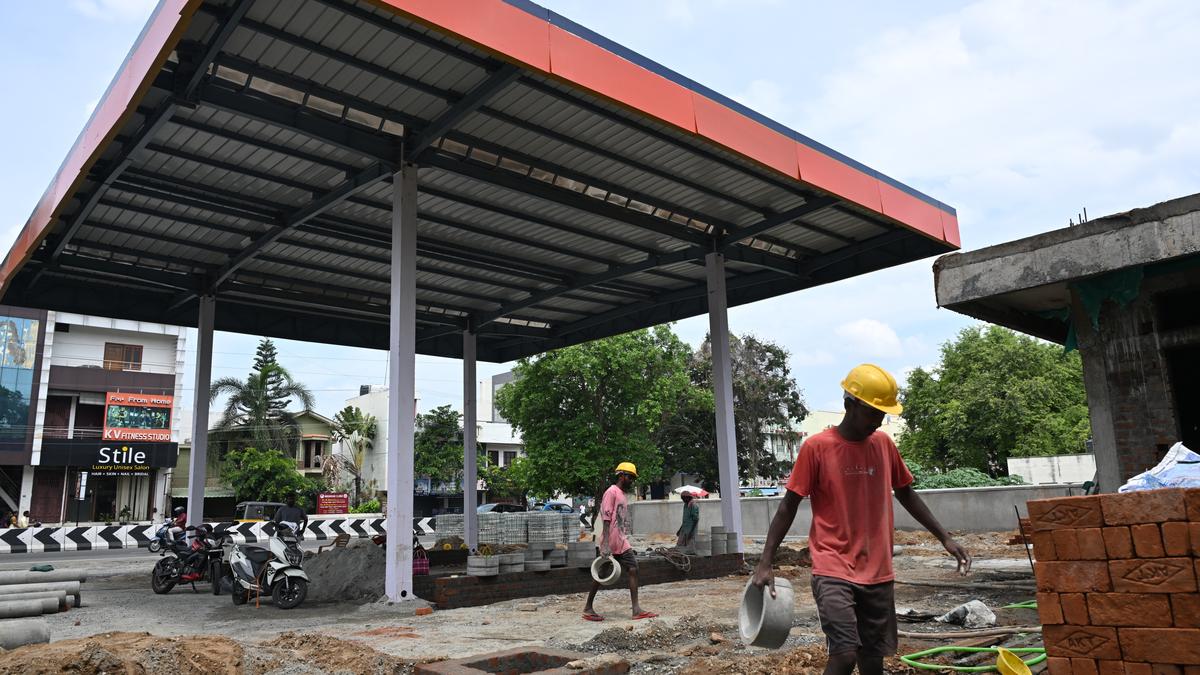Introduction to Mechanical Cross Section Analysis
In the world of electronics manufacturing, medical device development, aerospace engineering, and material science, deep structural insight is critical. Components may pass basic testing, but internal flaws or inconsistencies can lead to failures over time. That’s why mechanical cross section services are increasingly relied upon to expose hidden defects and verify internal construction. At Cross Section Lab, mechanical cross section analysis is performed with meticulous attention to detail, delivering results that are both accurate and actionable.
A mechanical cross section involves cutting into a component to expose its internal features. This process allows experts to examine material interfaces, layer structures, connections, solder joints, vias, and more. It is often the only method available to physically view what’s happening beneath the surface. For manufacturers and engineers who require absolute confidence in their products, mechanical cross section services offer a level of clarity that other testing methods simply can’t match.
The Process of Mechanical Cross Sectioning
Mechanical cross sectioning is a detailed, multi-step procedure that demands precision at every stage. The process begins by selecting the area of interest on a sample, which could be a solder joint, plated through-hole, wire bond, or interface between materials. The selected region is then carefully mounted in an epoxy or acrylic resin, protecting the sample from damage during sectioning.
Using specialized equipment such as diamond saws and precision grinders, the sample is cut and polished to reveal a clean, flat surface. This exposed area becomes the mechanical cross section, ready for microscopic examination. Cross Section Lab ensures that this surface is free of scratches, deformation, or contaminants, so analysts can interpret the results with confidence.
Applications of Mechanical Cross Section in Electronics
In electronics, a single solder void, crack in a via, or layer misalignment can compromise the function of an entire device. Mechanical cross sectioning allows engineers to detect these defects directly, revealing issues that may not be visible on the surface. Whether it’s for root cause failure analysis or routine quality control, mechanical cross sectioning is essential in identifying problems early.
At Cross Section Lab, mechanical cross section services are tailored to a wide range of electronic components, including printed circuit boards (PCBs), semiconductors, connectors, BGAs, and more. By creating precise cross sections, the lab helps engineers validate design integrity, material performance, and assembly processes. This data is often used to verify compliance with industry standards like IPC-A-600 and IPC-6012.
Mechanical Cross Section in Automotive and Aerospace Industries
For industries like automotive and aerospace, reliability isn’t optional—it’s a strict requirement. Every component must meet rigorous standards for mechanical, thermal, and electrical performance. Mechanical cross section analysis plays a central role in verifying these standards. It ensures that every solder joint, every bond, and every layer inside a device has been manufactured correctly and consistently.
In the automotive sector, mechanical cross sectioning is used to evaluate fatigue in solder joints and stress in conductive layers caused by temperature cycling. In aerospace, cross sectioning helps identify risks of delamination, corrosion, or inadequate material bonding—issues that could lead to catastrophic outcomes if left unaddressed. Cross Section Lab has extensive experience in providing mechanical cross section services for these high-reliability industries, offering precise insights that contribute directly to safety and performance.
Importance in Failure Analysis
When a component fails unexpectedly, the first step toward solving the problem is understanding why it happened. Mechanical cross section services are critical in failure analysis because they expose the root cause of the failure, whether it be a manufacturing flaw, material issue, or operational stress. The physical evidence provided by a cross section is often the most reliable source of truth.
Cross Section Lab specializes in using mechanical cross section analysis to uncover these hidden causes. Technicians prepare the failed component with extreme care, exposing the internal structure for microscopic inspection. High-resolution imaging—often with scanning electron microscopy (SEM)—is then used to examine the failure in detail. The results enable engineers to take corrective action with confidence, improving future production runs and reducing the risk of repeat failures.
Quality Control Through Mechanical Cross Section
In manufacturing, quality control is not just about catching defects; it’s about preventing them in the first place. Mechanical cross section services are often used as part of a proactive quality control strategy. By analyzing samples from production batches, manufacturers can ensure that internal features such as plating thickness, bond alignment, and material consistency meet design specifications.
Cross Section Lab provides detailed mechanical cross section reports that include annotated images, dimensional measurements, and expert evaluations. These reports help clients maintain strict process controls and support continuous improvement. By making mechanical cross sectioning a regular part of the inspection routine, companies enhance the reliability and longevity of their products.
Cross Section Lab’s Technical Precision and Expertise
What makes Cross Section Lab a leader in mechanical cross section services is not only its advanced equipment but also its technical expertise. The lab’s staff includes skilled technicians and engineers who understand the complexities of materials, electronics, and mechanical systems. Every sample is handled with precision, and every analysis is backed by scientific rigor.
From initial sample preparation to final reporting, Cross Section Lab follows industry best practices and client-specific protocols. Whether working on a delicate microelectronic package or a robust automotive module, the team ensures that each mechanical cross section provides maximum insight. This commitment to excellence is why clients across multiple industries trust Cross Section Lab for their most critical analysis needs.
Supporting Innovation with Mechanical Cross Section Data
Mechanical cross section services don’t just support quality—they also drive innovation. In product development, having a clear view of internal structures allows engineers to refine designs, test new materials, and validate new assembly techniques. By analyzing cross section data, teams can make faster, smarter decisions during prototyping and scale-up phases.
Cross Section Lab partners with R&D teams to support these efforts, providing the technical data needed to accelerate development without compromising quality. With high-resolution cross section images and expert interpretation, the lab becomes a valuable extension of the engineering team, helping transform ideas into robust, reliable products.
Conclusion
Mechanical cross section services are a vital part of today’s engineering and manufacturing processes. They offer unmatched visibility into the internal structures of components, making it possible to identify hidden flaws, confirm design specifications, and ensure long-term reliability. At Cross Section Lab, this process is executed with precision, professionalism, and deep technical understanding.
Whether you’re addressing a product failure, validating a new design, or ensuring compliance with quality standards, mechanical cross section analysis gives you the insight you need. With Cross Section Lab’s trusted expertise, every sample tells a clear story—one that helps you build better, more reliable, and higher-performing products.




